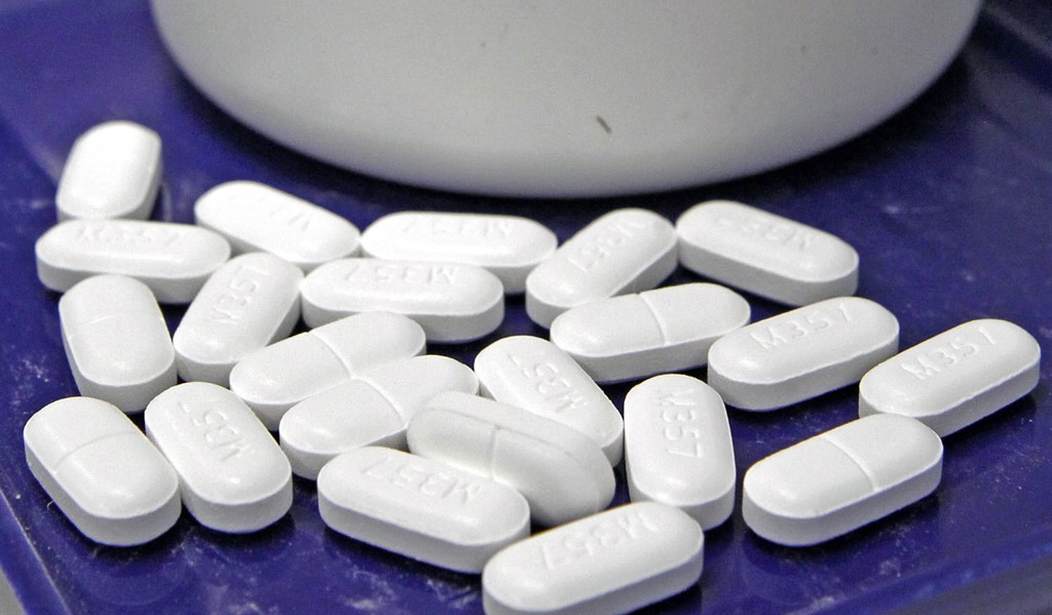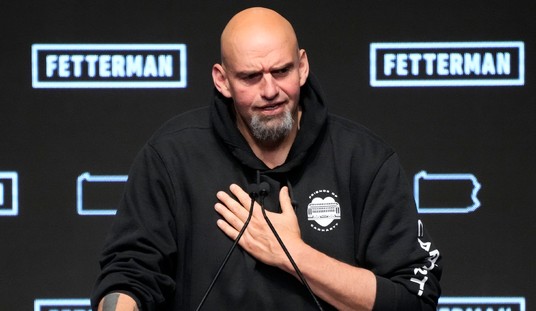The tab for Americans’ prescription drugs is rising. High drug prices have not escaped notice by politicians, from Bernie Sanders to Senator Ted Cruz -- including President Trump. Not all drug prices are outrageous, it’s really just a handful of over-priced drugs that have given the rest a bad name. Most of the drugs Americans take are affordable, but prices for a few drugs exceed the average mortgage payment.
Most Americans belong to a drug plan that manages drug benefits on their behalf. Patients themselves pay for only about 16 percent of their drug costs out of pocket. The ultimate buyers for 84 percent of all prescription drugs are insurers, employers, and drug plans. According to industry data, nearly one-fourth of retail prescriptions are fully covered by insurers and require no copayment by the patient. An additional one-third only cost the patient $5 or less. Just over three-fourths cost the patient $10 or less. Less than 8 percent of prescriptions require a copay of more than $30; while just over 2 percent of prescriptions require copays of $70 or above. That’s the good news. The bad news is perhaps 1 percent of drugs come with a price tag that costs a small fortune.
Drug makers are free to establish whatever price they believe the market will bear. Depending on the number of competitors, some drugs have significant pricing power. Drug prices can be especially outrageous when there are only one, two or three patented drugs that exist within a given therapeutic class.
Americans take a lot of low-cost generic drugs -- accounting for about 88 percent of prescriptions filled but only represent 28 percent of drug spending. Generic drugs are inexpensive because they are no longer protected by patents and various manufacturers compete on price. Yet, drugs whose patents have not yet expired can sometimes be very expensive -- especially recently approved drugs and biologics derived from living material. Traditional brand drugs constitute 11 percent of drug scripts and 39 percent of drug expenditures. The remaining 1 percent of prescriptions are for specialty drugs and account for more than one-third of drug spending. In other words, nearly 75 percent of all drug spending is on a mere 12 percent of the drugs Americans take. These are the over-priced drugs that give the rest a bad name. Your drug bills are low if you’re among the 88 percent taking a generic drug, but if you’re part of the 12 percent taking a branded product, you may be paying a lot.
Recommended
Rising insurance deductibles have made it more difficult for drug makers to disguise high prices by passing them on to insurers. In response to the increasing public scrutiny, some drug companies began peddling fake news stories that claim high drug prices are due to “the middleman.” The middleman is an old boogeyman. If a retailer wants to convince consumers its products are cheaper than competitors, it often claims “we’ve cut out the middleman.” However, the term “middleman” does not apply to the drug supply chain the way it did historically in consumer markets.
Blaming high drug prices on consumers’ drug plans is a tactic designed to obscure high prices. Pharmaceutical benefit managers (PBMs) are not middlemen in the traditional sense. They are drug plan administrators. Insurers and employers hire PBMs to manage drug benefits and adjudicate drug claims for plan members. PBMs clients are employers, insurers, state Medicaid programs and Medicare Part D drug plans -- not drug makers. With multiple clients, large national PBMs can negotiate lower prices from manufacturers, and therefore possess far more bargaining power than individual firms. PBMs’ bargaining power occasionally makes them unpopular with pharmacy owners -- and drug makers.
The primary reason some patients experience outrageous drug bills is the escalating price of a few drugs whose prices are… outrageous. However, to a significant degree, over-priced drugs are a problem exacerbated by the regulatory regime at the U.S. Food and Drug Administration. One way to rein in high drug prices is to inject more competition into the drug market. Costly drugs would face numerous competitors if it did not require $1 billion or more, on average, to bring new products to market. With more competition, it would be difficult for drug makers to maintain high prices. President Trump has announced plans to do just that. Let’s hope he succeeds.
























Join the conversation as a VIP Member